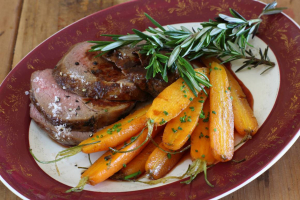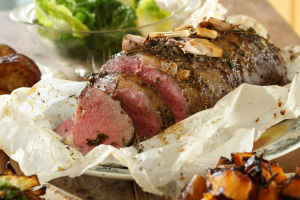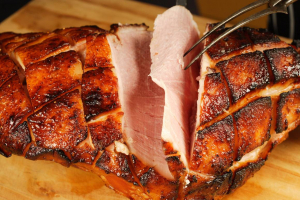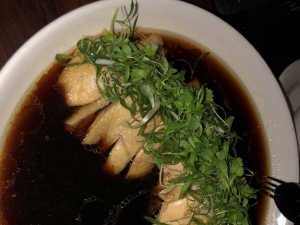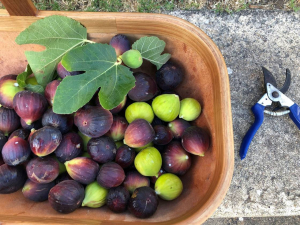A Trifle of Pears, Prunes and Sauternes Custard
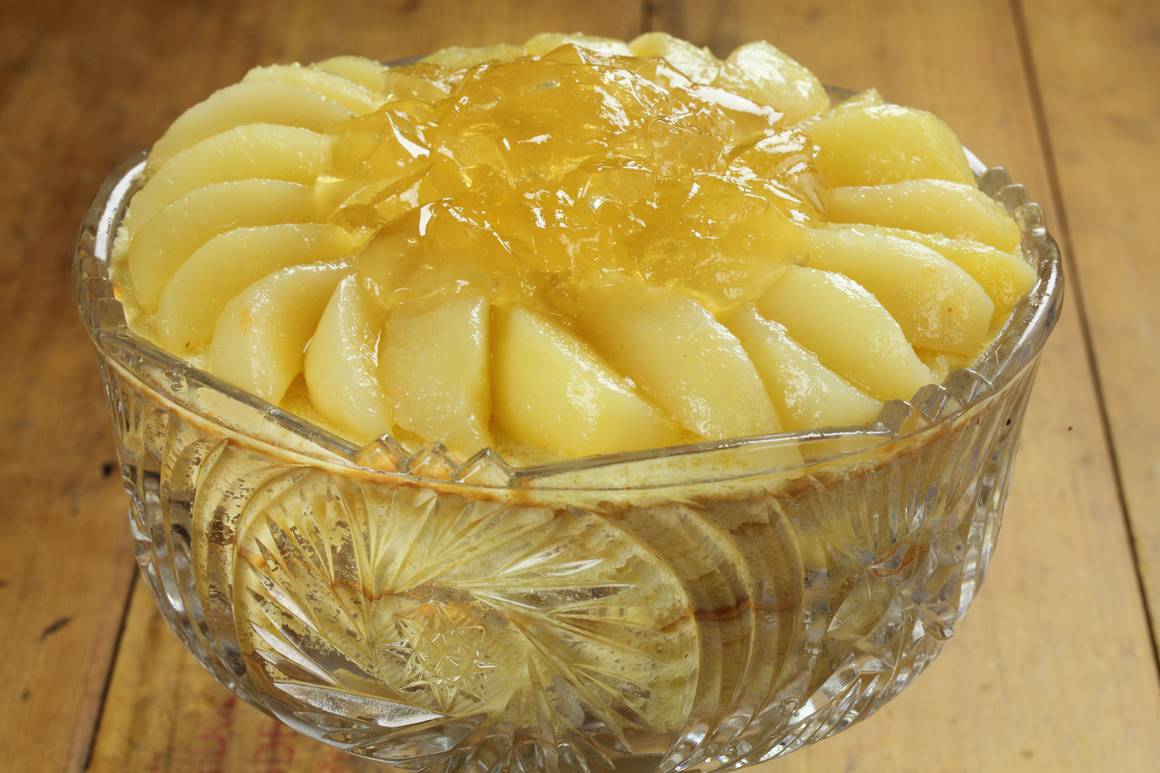
INGREDIENTS
- 8 Good-quality Italian macaroons
- ¼ cup Caster sugar
- 8 Beurre bosc pears
- 1 lemon Lemon rind
- 1 Cinnamon stick
- ½ Vanilla bean
- 1 ½ cup Sauterne
- 375g Prune
- 75g Walnut
Custard
- 1000g 35 percent fat cream
- 250g Caster sugar
- 16 Egg yolks
- 3 cups Sauterne
Genoise Sponge
- Melted
- 135g Plain flour
- 200g Caster sugar
- 6 Free range eggs
Syllabub
- To taste Nutmeg
- 300ml Thick cream
- 2 tbspn Caster sugar
- 2 tbspn Brandy
- 1 lemon Lemon rind and juice
 Print Recipe
Print Recipe
Make the syllabub a day in advance. Put the lemon rind and juice into a bowl with the brandy and let steep for 12 hours.
Next day, strain the brandy and lemon mixture into a large, deep bowl, then add the caster sugar and stir until it has dissolved. Pour in the cream slowly, stirring all the time. Grate in a little nutmeg, then whisk the mixture until it thickens and holds a soft peak on the whisk. Refrigerate until needed.
For the genoise sponge:
Preheat the oven to 190C. Grease and line a round 26 cm cake tin. Beat the egg whites until soft peaks form, then beat in the caster sugar a tablespoon at a time until the mixture is stiff and all the sugar has been absorbed. Spoon a quarter of the egg white mixture into the yolks, fold it in then pour the lot back over the remaining egg white mixture and fold through.
Sift the flour on top and then carefully fold it in. Fold in the cooled clarified butter to make a batter.
Pour the batter into the prepared tin and bake for 25 minutes or until the cake begins to come away from the sides of the tin and feels springy. Cool on a wire rack.
For the custard:
Heat the Sauternes in a saucepan over high heat and reduce it by half (you need 375ml).
In a bowl, whisk the egg yolks, then beat in the caster sugar until it has dissolved.
In a saucepan, heat the cream until almost at boiling point, then add the reduced Sauternes and bring back to almost a boil over high heat, then add this to the egg mixture, whisking thoroughly and continuously.
Pour the custard into the top of a double boiler over simmering water and cook it slowly until it coats the back of a spoon, then quickly strain it through a sieve into a clean bowl standing in iced water. If you don’t have a double boiler, use a heatproof bowl that fits snugly over a pan of boiling water.
Preheat the oven to 220C.
Dry-roast the walnuts on a baking tray for 6-8 minutes, then rub off their skins with a clean tea towel.
Soak the prunes in the Sauternes with the vanilla bean, cinnamon stick and lemon rind for 30 minutes.
Peel and core the pears, then cut them into eighths and poach them gently over low heat in a saucepan with the Verjuice and caster sugar for about 8 – 10 minutes or until softened.
Cut away the bottom of the genoise and set it aside – this will become the ‘lid’ of the trifle – then cut away and reserve the outer crust. Cut widthways across the trimmed cake to achieve thin, wide slices.
Choose a bowl about the same diameter as the cake and line it generously with plastic film if you plan to turn out the trifle. Line the sides and base of the bowl with slices of cake, then brush the cake with the juice from the pears and prunes to moisten and flavour it. Crush the macaroons and moisten them with these juices as well, then mould the macaroon mixture over the cake to form an inner shell.
Thinly slice the pear, then overlap the slices over the macaroon mixture to create another layer. Follow this with a layer of prunes. The bowl will be filling up by now and you will have created a strong outer structure. Spoon Sauternes custard over the pudding to moisten it, but don’t make it too wet.
Chop the roasted walnuts and, using a food processor, reduce the reserved outer crust of the cake to crumbs, then mix both into the syllabub. Smooth the syllabub mixture into the centre of the trifle, then top with the reserved base of the cake. Cover the trifle with plastic film and place a weighted plate on top, then refrigerate overnight.
If you are turning out the trifle, simply hold a plate over the top and invert the bowl, then carefully remove the plastic film. Rather than spooning out the dessert, as you would if it were still in the bowl, cut slices of trifle to show off its wonderful layers.


